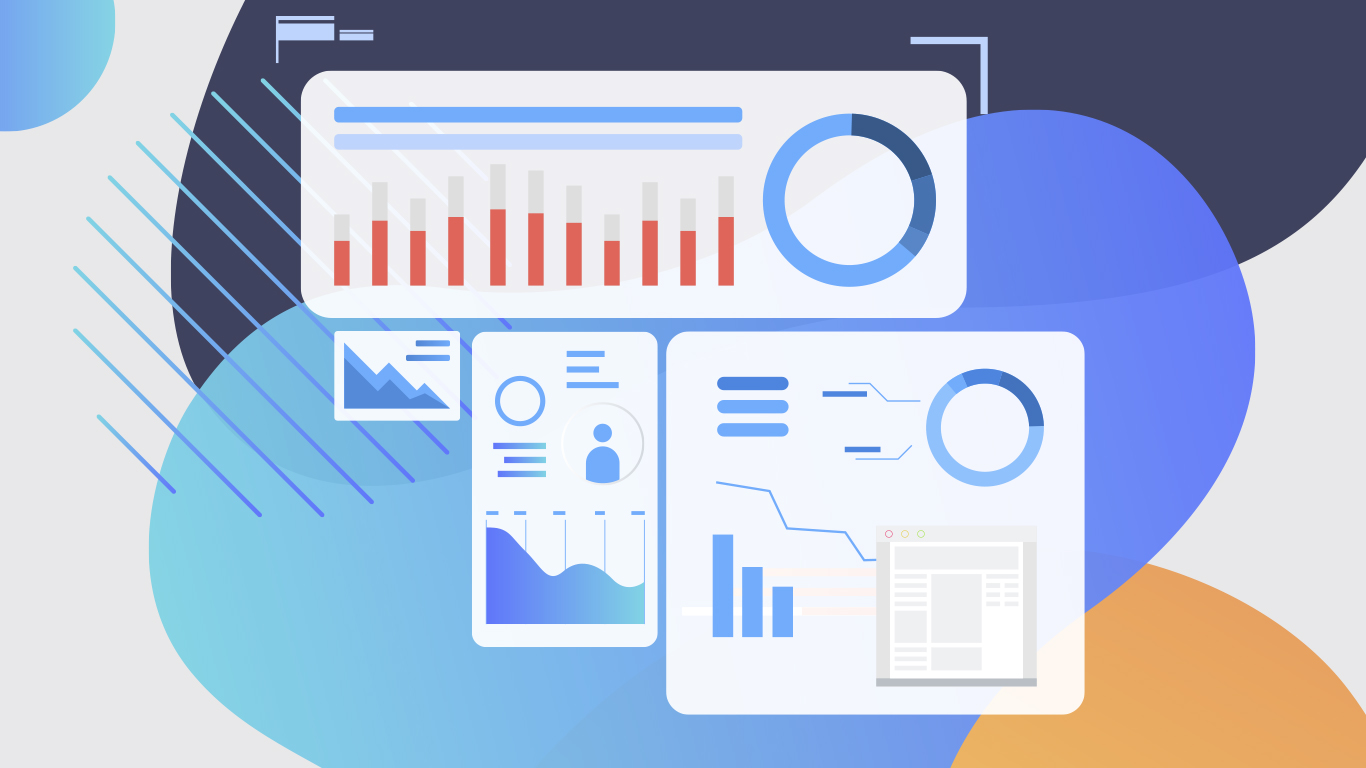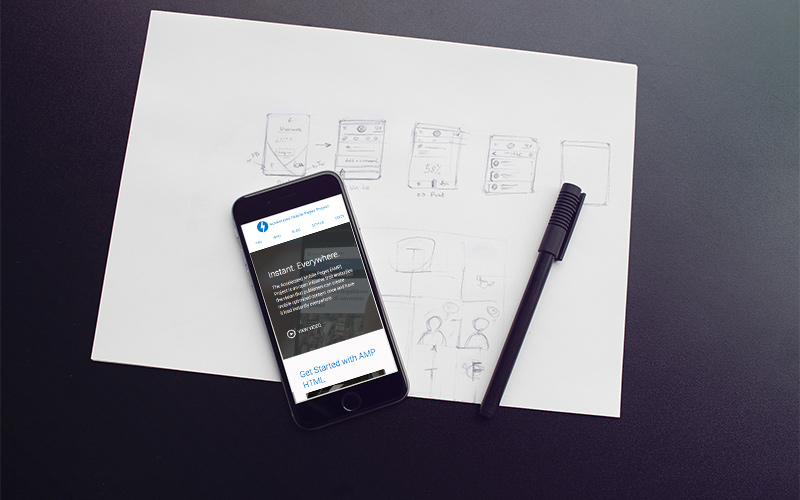Google uses a set of algorithms to match websites against certain criteria, thus deciding a website’s search ranking. The criteria include things such as mobile-friendliness, number of backlinks, sitemaps, and the like. The better your website sizes up, the higher your ranking. Many are relatively simple criteria you can check off the list. But beginning in 2021 there will be a new (and significant) weight placed on something called Google Page Experience. And you are going to want to plan ahead because this one is a little more complex.
Google announced the page experience update will be complete by the end of August 2021. So, what is page experience? Simply put, it is a measure of how enjoyable or annoying it is for users to move around the page. As Google notes in the announcement, greater page experience leads to great business success because there is less friction between the user and the desired transaction.
What is Page Experience?
Google has a detailed developer document on the criteria but in short, these metrics aim to understand users’ perception of a web page. Several existing Google search ranking factors are considered: mobile-friendly update, page speed update, HTTPS ranking boost intrusive interstitials penalty, safe browsing penalty. What is primarily being refined are metrics of speed and usability.
- Loads Quickly
- Mobile-Friendly
- Intrusive Ads
- Content jumps while page loads
What are Core Web Vitals?
Just a little bit before the announcement, Google’s Chrome team launched Core Web Vitals. This is a set of metrics related to speed, responsiveness, and visual stability to help site owners measure page experience. In short, it’s how Google puts real-life problems (i.e. accidentally tapping a button on a mobile screen while scrolling) into measurable, numeric terms.
Here are some of the bigger ones to focus on. And not just because Google told you to but because, well, they just make your website better.
- 2.5 second load time. LCP, or Largest Contentful Paint, measures loading performance. You want the pixels to load within 2.5 seconds or less of landing on the page.
- 100-millisecond response. Have you ever visited a page, and even though the page was not finished loading, you were able to click a button and navigate off that initial page? That is, in part, FID (First Input Delay). This is a measure of interactivity. The time from clicking a button to the web browser processing the request should be 100 milliseconds or less.
- 0.1 layout shift. CLS, or Cumulative Layout Shift, is a measure of visual stability. We have all been there: reading a webpage when, suddenly, the content shifts and you have lost your place. CLS is measured on a scale of which anything 0.1 or lower is good and 0.25 and above is poor.
Great content is still the priority
Google made it clear that great content will still rank highly in Google Search even with a poor page experience. “While all of the components of page experience are important, we will rank pages with the best information overall, even if some aspects of page experience are subpar. A good page experience doesn’t override having great, relevant content. However, in cases where there are multiple pages that have similar content, page experience becomes much more important for visibility in Search.”
Planning for the Update
Now that we’ve shared all this information, what next? These new ranking factors won’t be live until 2021 so you do have time. Google Search Console is one of the primary tools we use to help ensure the best user experience. Images are too large? Slow server? By reviewing your website performance through Search Console you can see what might need to be addressed.
If you are feeling a little lost when it comes to deciphering cumulative shifts and contentful paint, that’s what we are here for. We pride ourselves on not only using the best tools but becoming masterful with those tools, to help drive your business’ online success.



